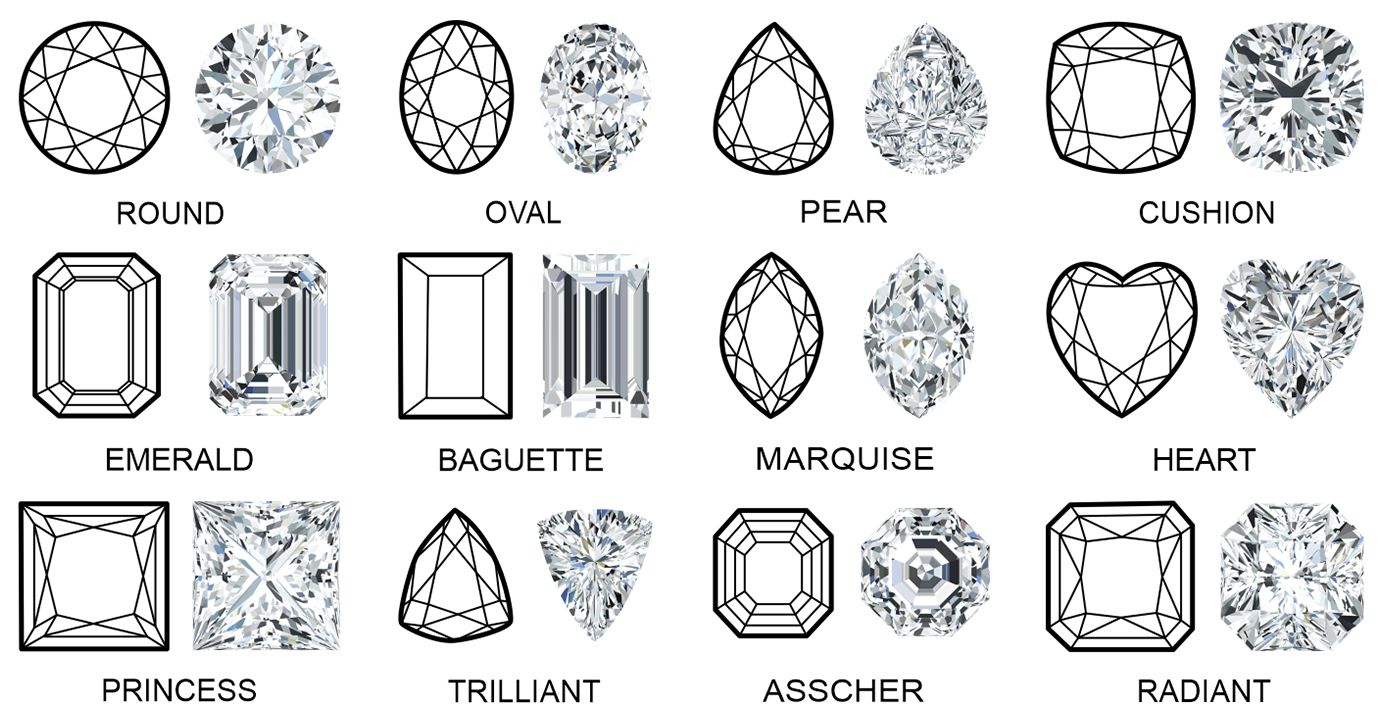The 4Cs Of Diamonds: Your Guide to Brilliance
The 4Cs of diamonds serve as a universal standard to assess a stone’s quality. First established in 1940, these globally recognized diamond quality factors help in understanding diamonds. Each ‘C’ refers to a distinct characteristic of the diamond, measured according to a scale:
- Cut: Refers to how well the diamond has been shaped. This affects the diamond’s brilliance, and graded from ‘Ideal’ to ‘Poor.’
- Color: Graded from D (colorless) to Z (light yellow or brown)
- Clarity: Measures the presence of internal and external flaws, graded from ‘Flawless’ to ‘Included.’
- Carat: The weight of the diamond: measured in metric carats.
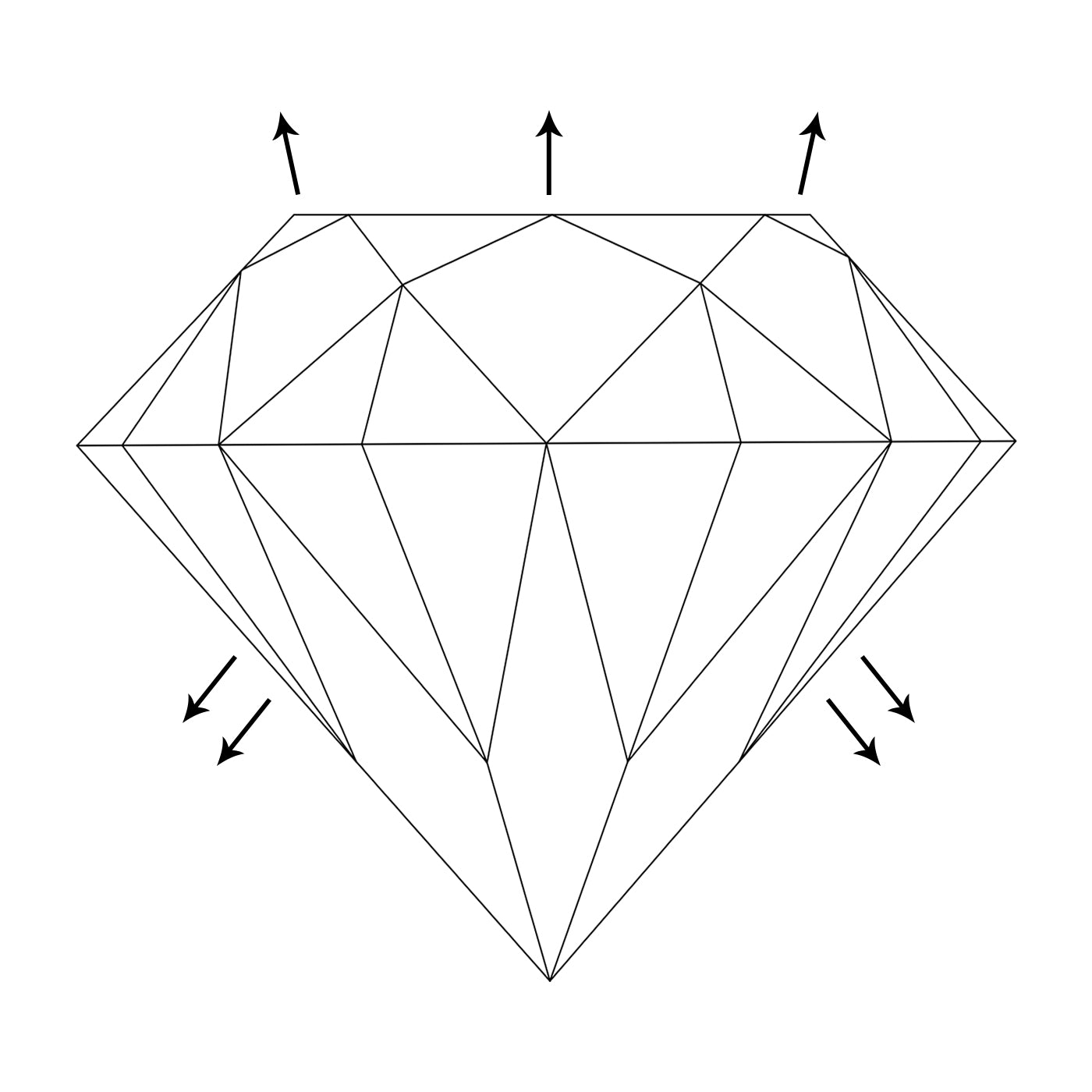
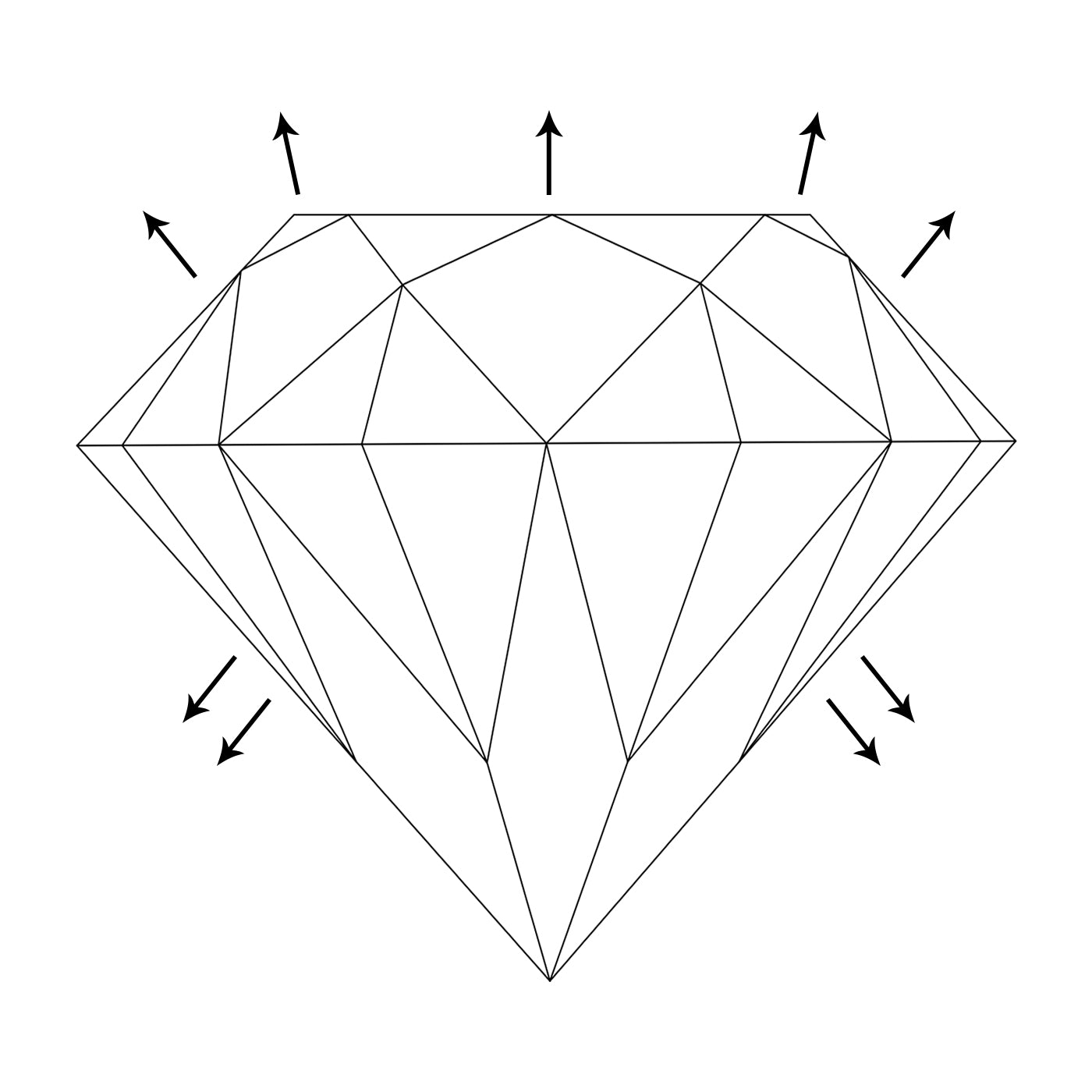
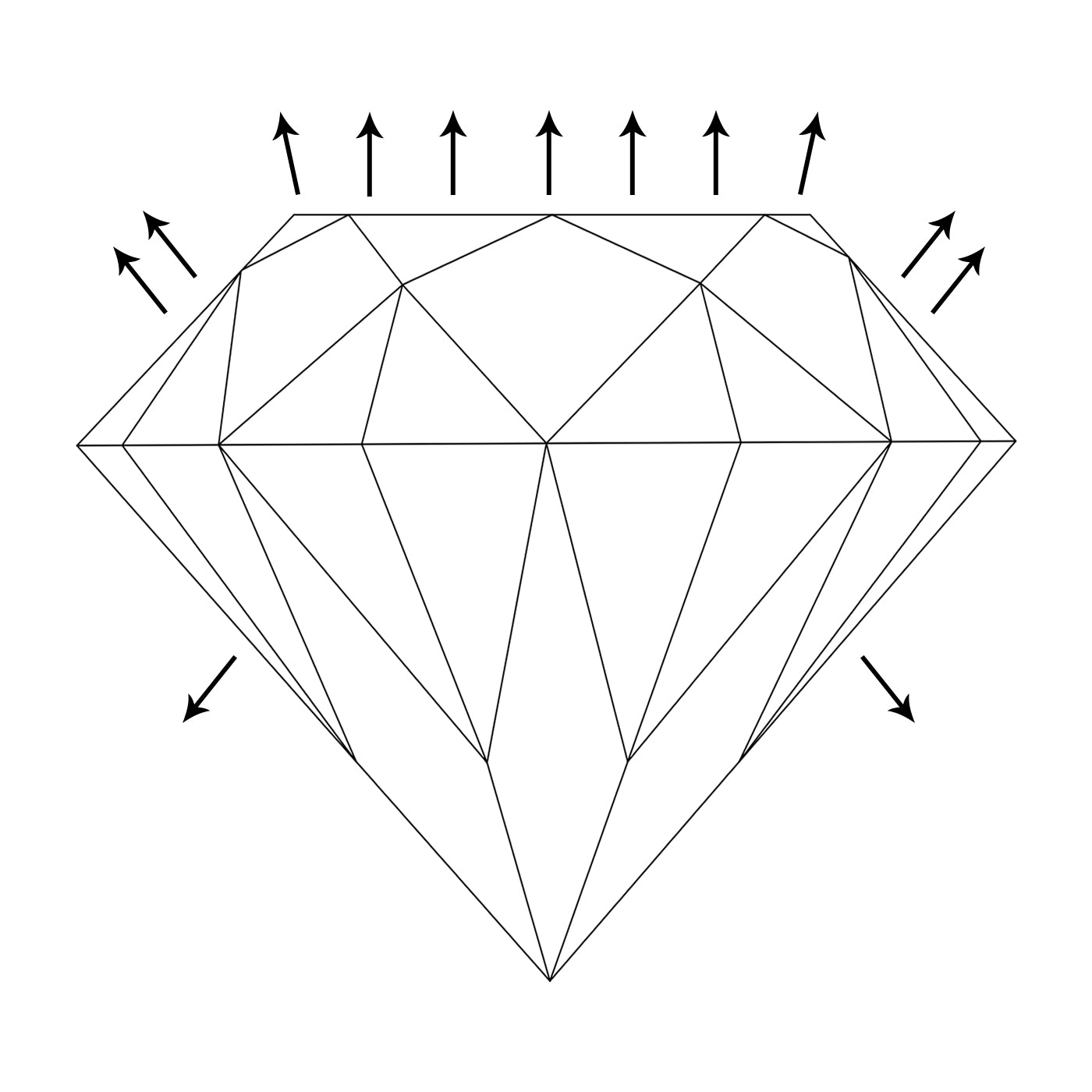
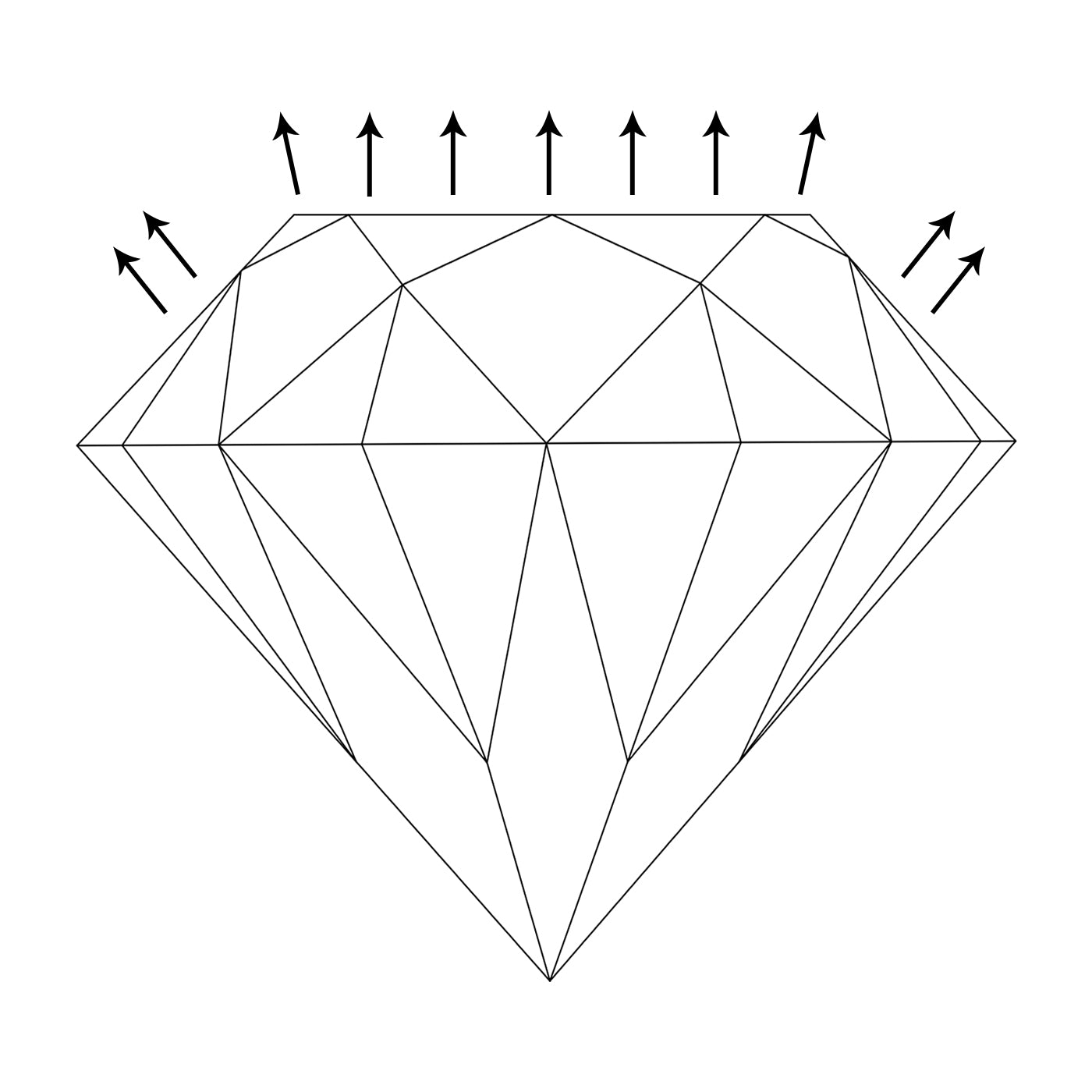
Fair
Basic symmetry with soft sparkle and subtle shimmer.
Good
Proportional cut that reflects less light, with a vibrant sparkle.
Very Good
Proportional cut that reflects less light, with a vibrant sparkle.
Ideal
Precise cut that returns maximum light with exceptional brilliance.
Diamond Cut
The diamond’s cut is the most critical part of the 4Cs; it affects the diamond’s brilliance, sparkle, and overall visual appeal. The cut is the result of human craftsmanship and refers to how the stone’s facets are proportioned, angled and polished. The best diamond cut reflects and refracts light in a way that maximizes its brightness and gives it an iconic sparkle. Understanding the ideal cut of diamonds is essential, as it brings the diamond to life and showcases the stone’s full beauty and value.
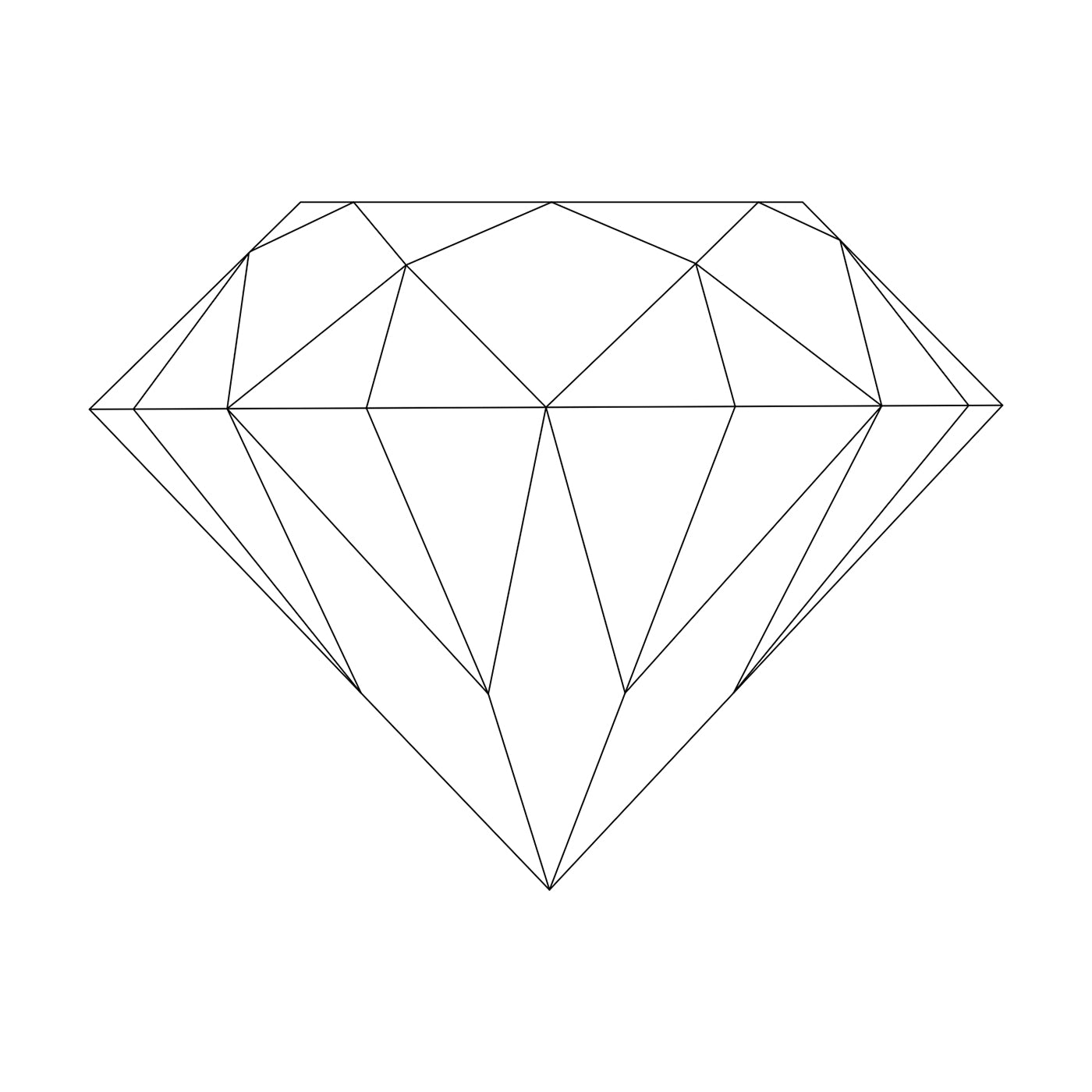
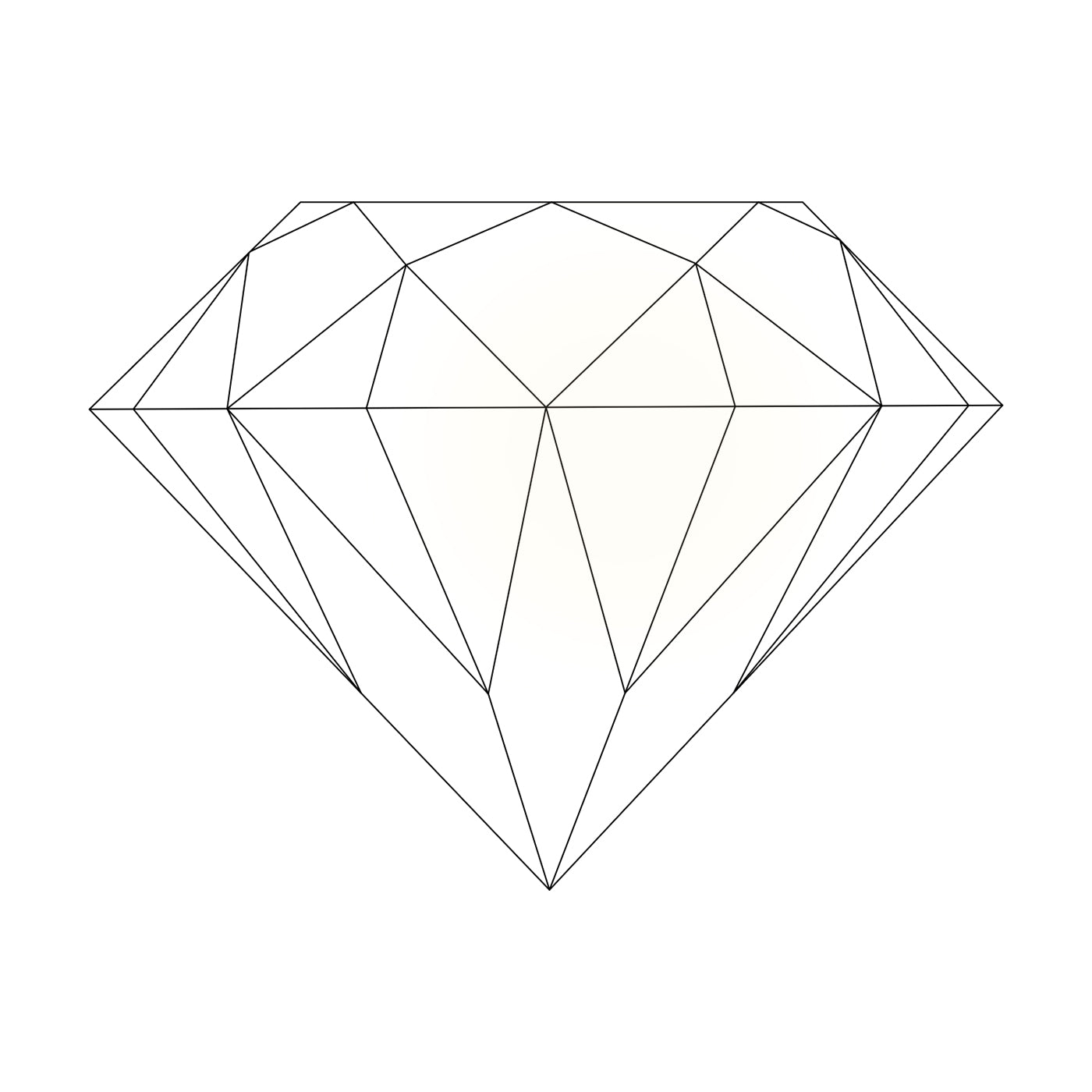
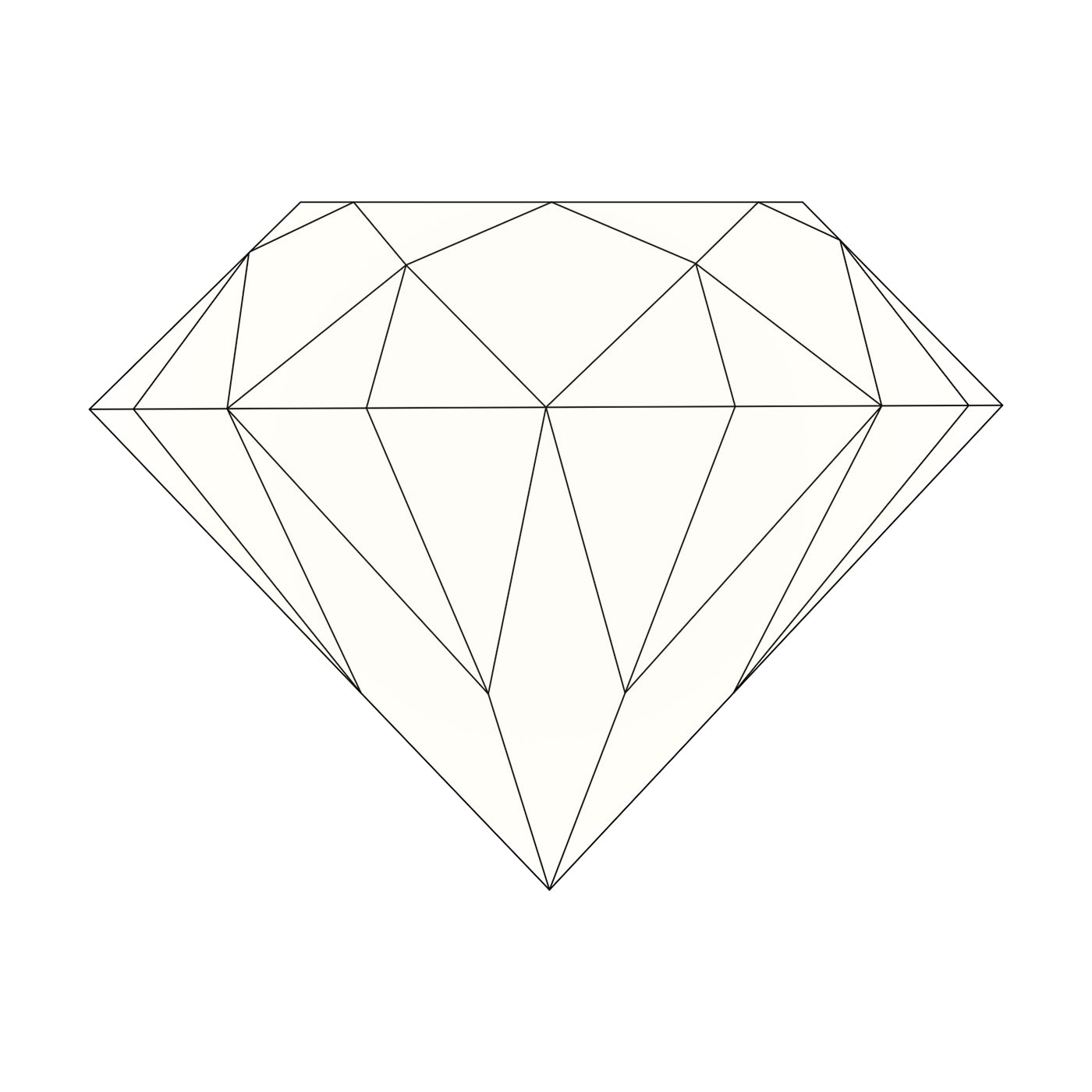
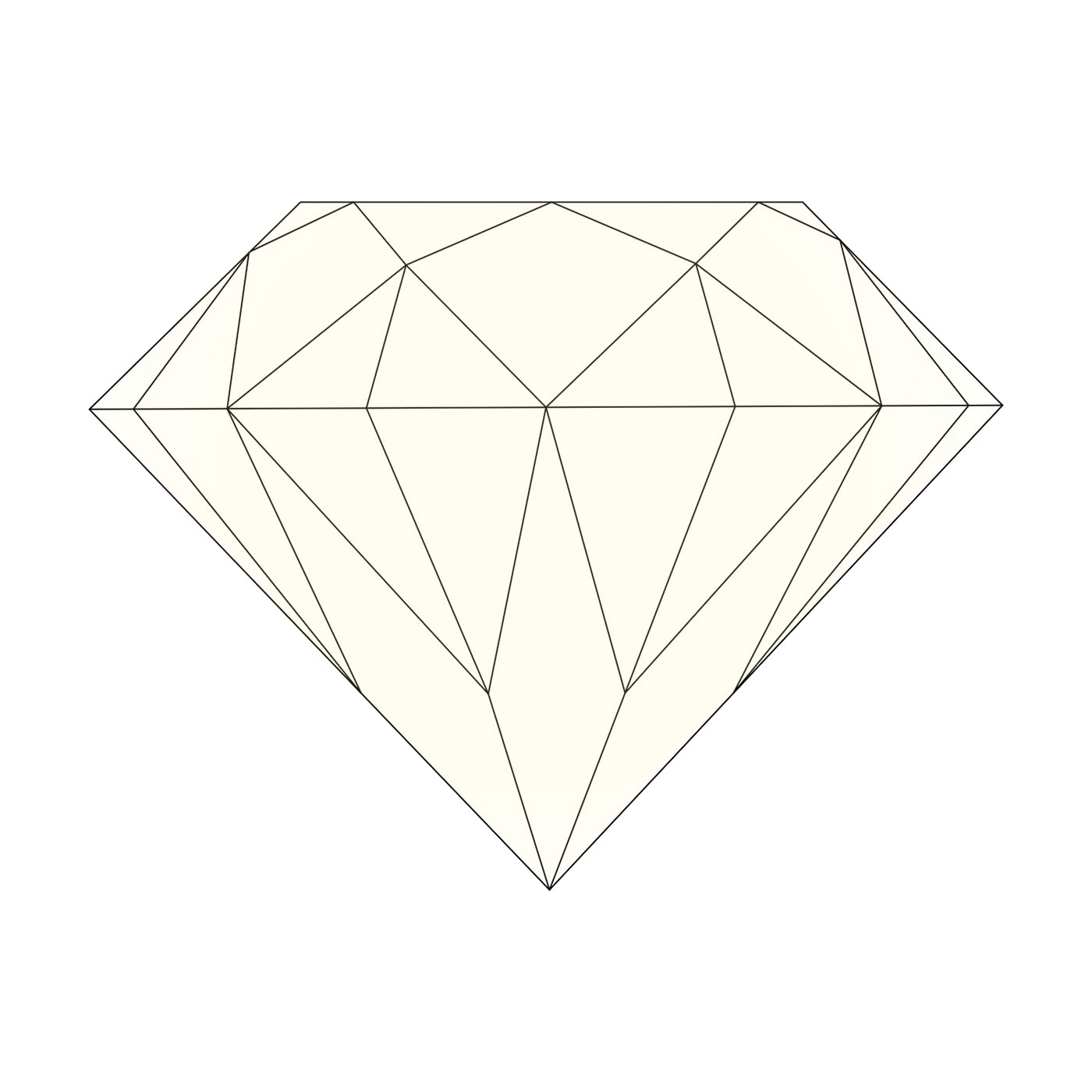
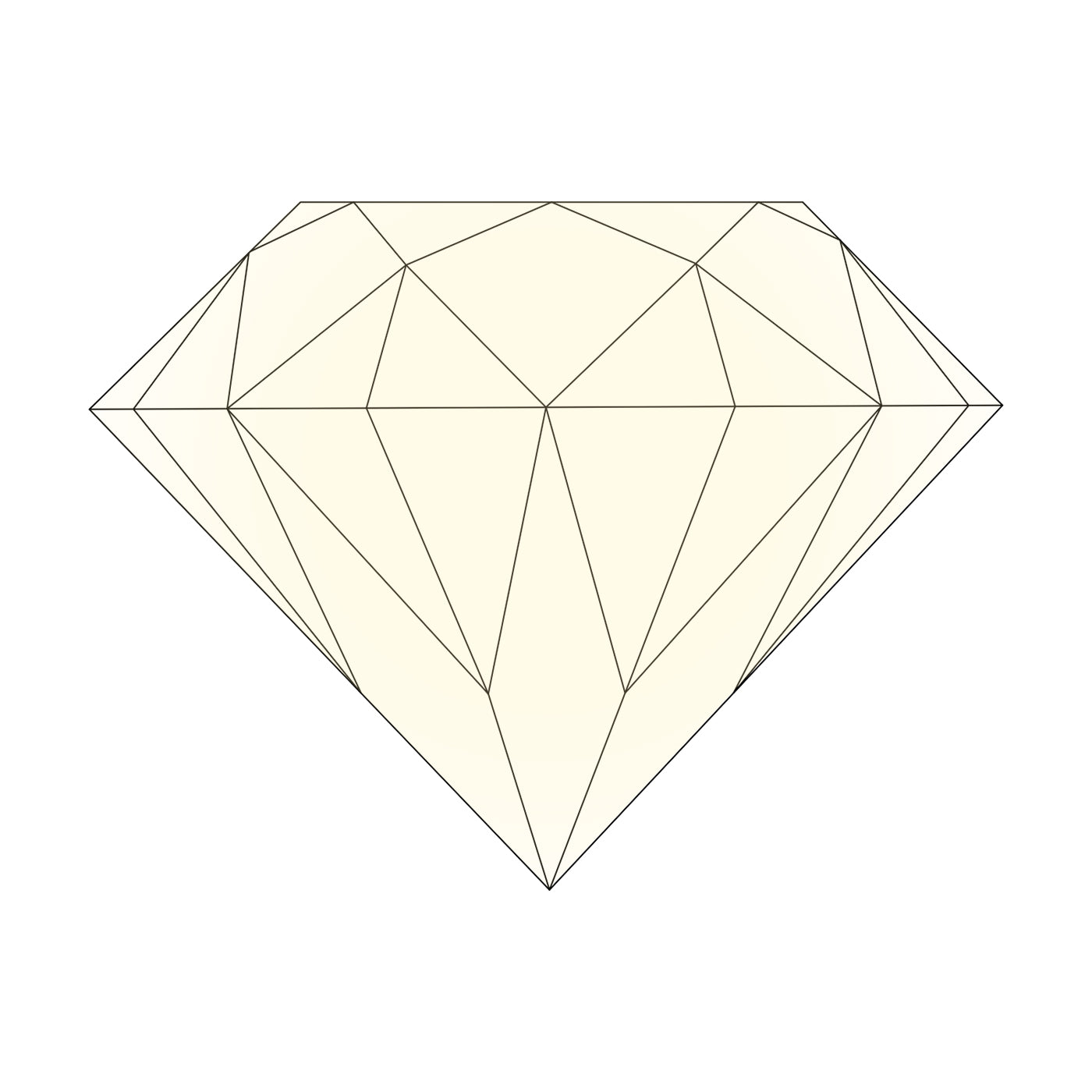
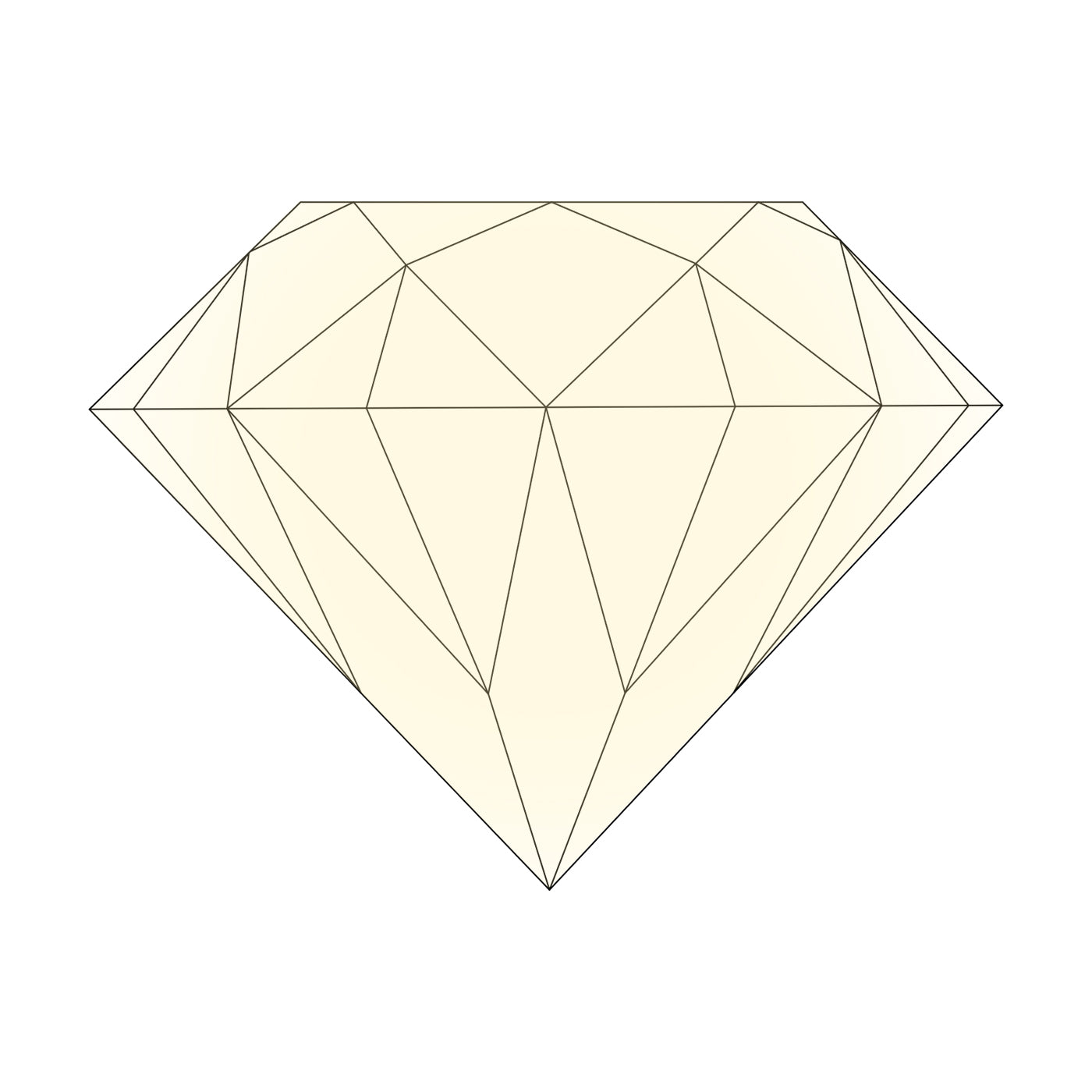
D Color
Highest color grade that is absolutely colorless. Extremely rare and valuable.
E Color
Has minor traces of color, rare, and offers high-end quality.
F Color
Slightly warm tint that is still invisible to the naked eye and is considered colorless.
G Color
Nearly colorless, has a warm tinge that is only visible under magnification, and offers great visual quality.
H Color
Slight color that appears white in most settings.
I Color
Slightly more visible warmth that offers good value.
Diamond Color
A diamond’s color is a key factor when it comes to grading. It plays a significant role in determining the stone’s overall appearance and value. Diamonds are graded on a diamond color scale that begins at ‘D,’ which refers to colorless diamonds and goes up to ‘Z’ where the gems have a noticeable yellow or brown tint. Lesser the color of the diamond, the more rare and valuable it is. Subtle differences can impact the diamond’s brilliance and how it interacts with the light. By understanding diamond color grading, you can make informed decisions, ensuring the diamond you choose meets your visual expectations and budget.
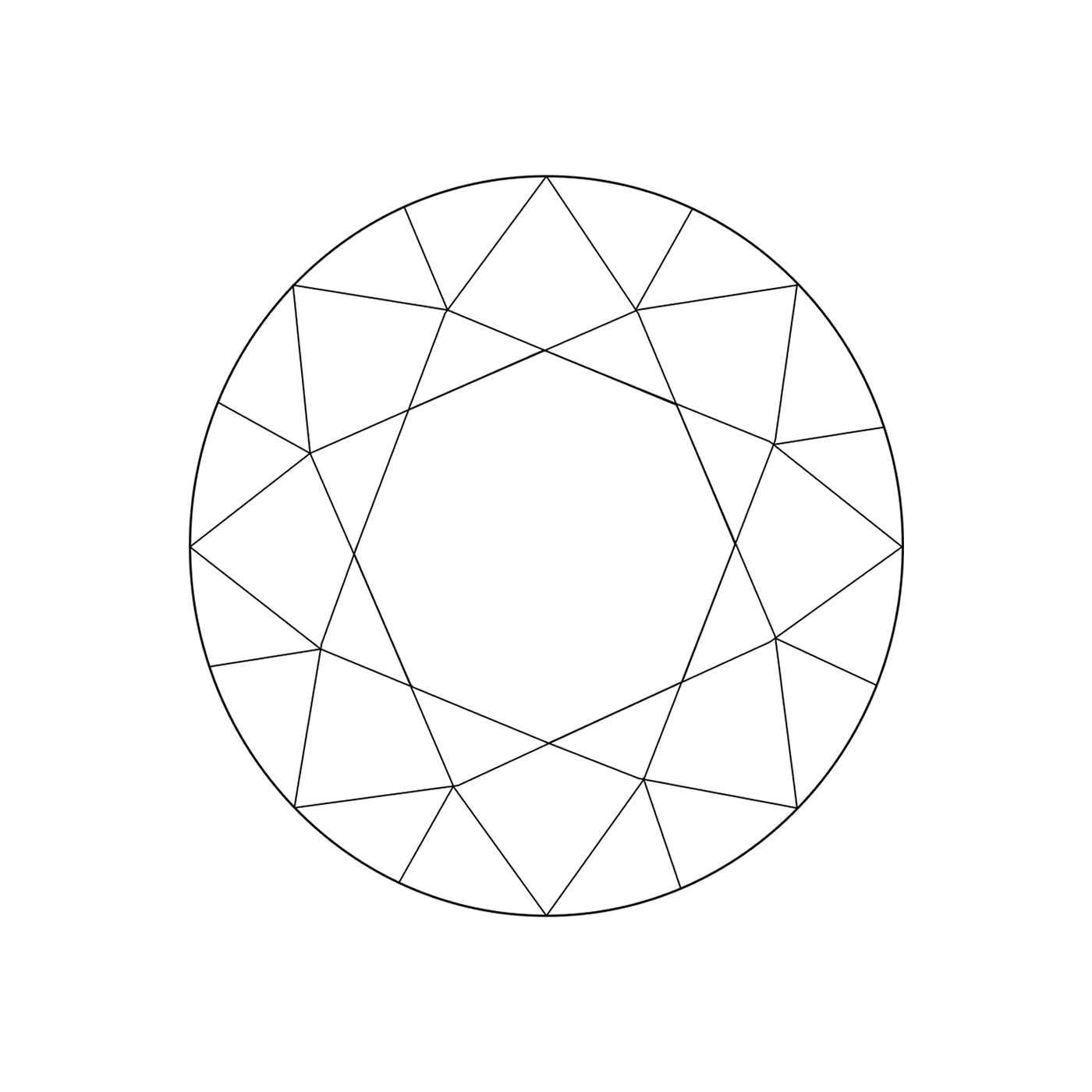
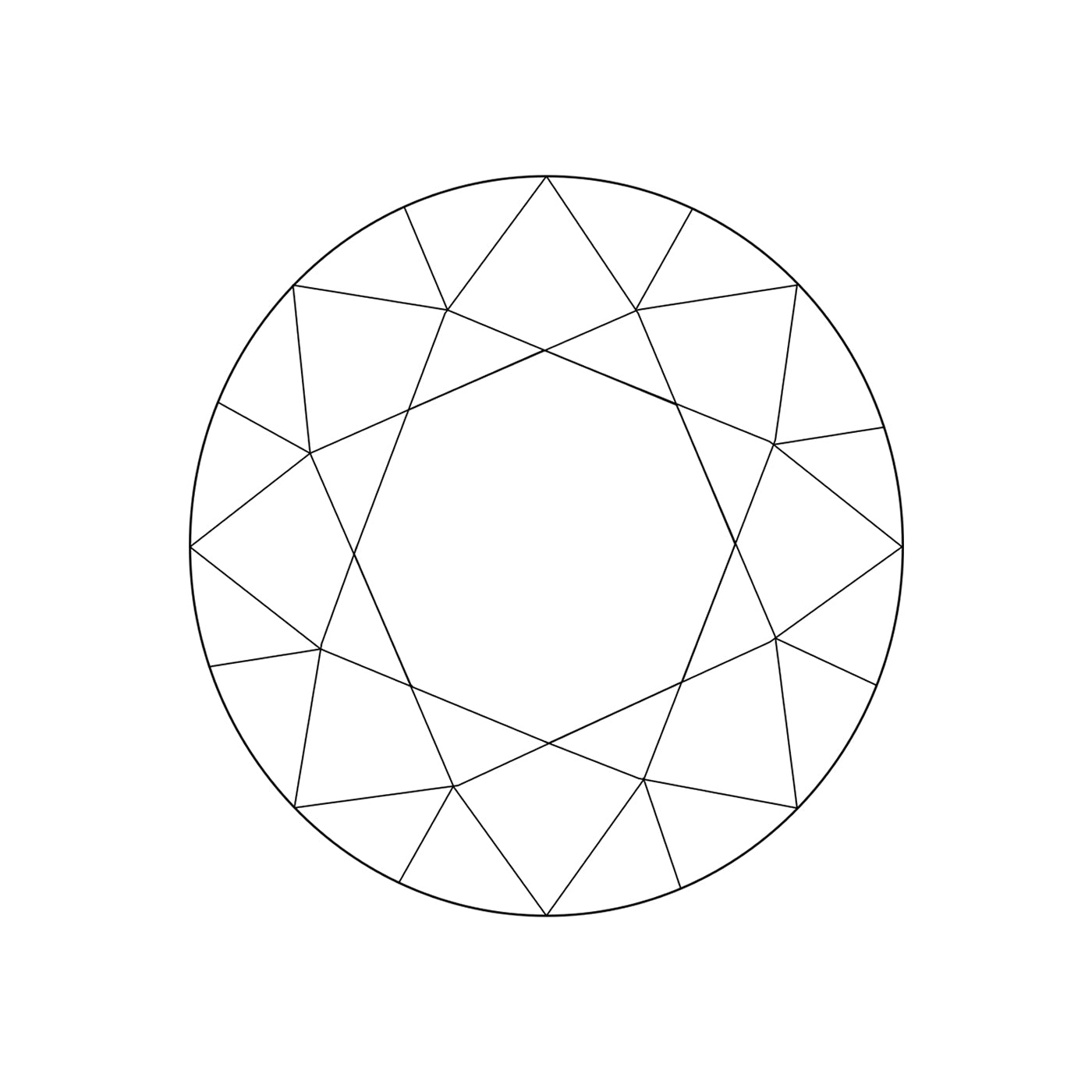
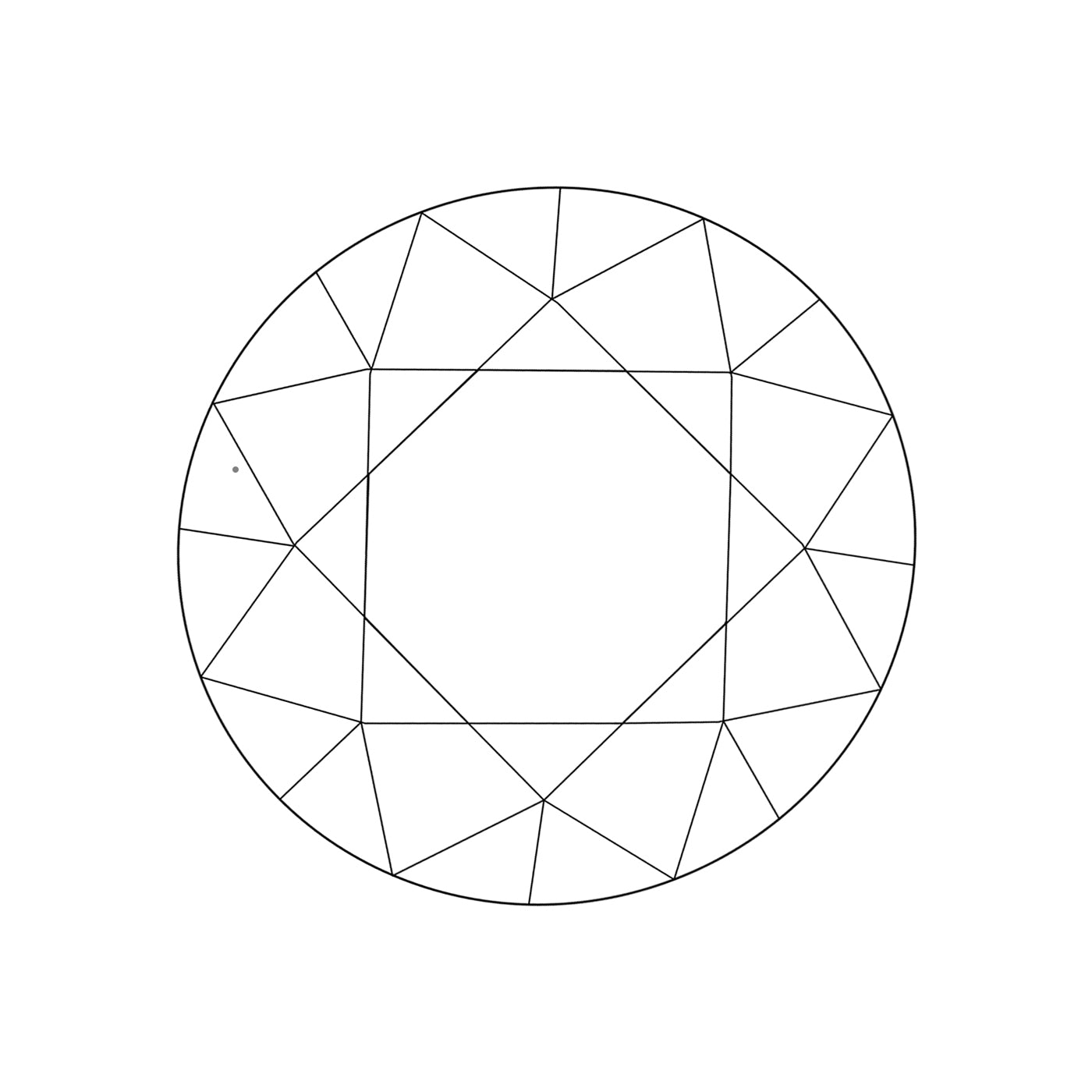
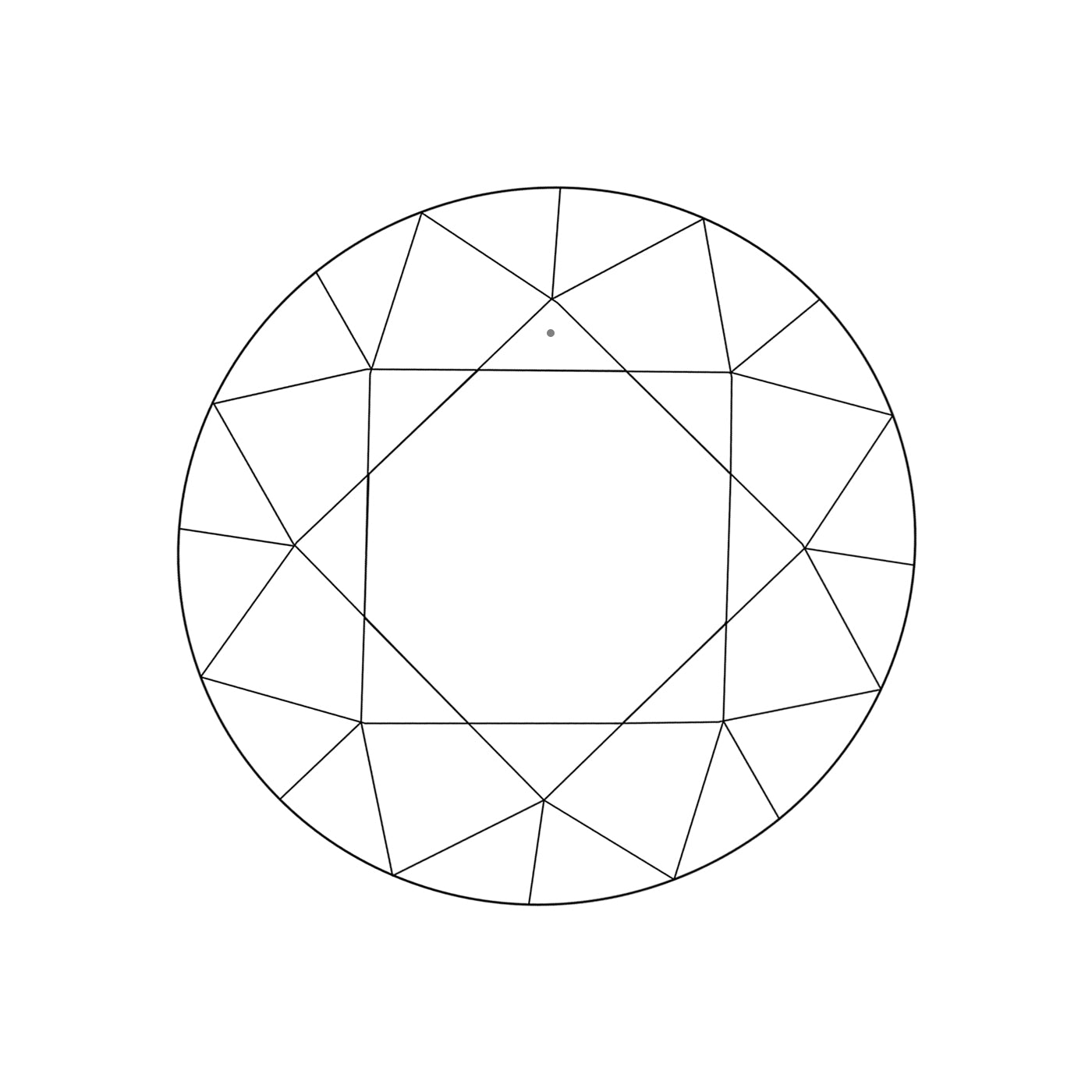
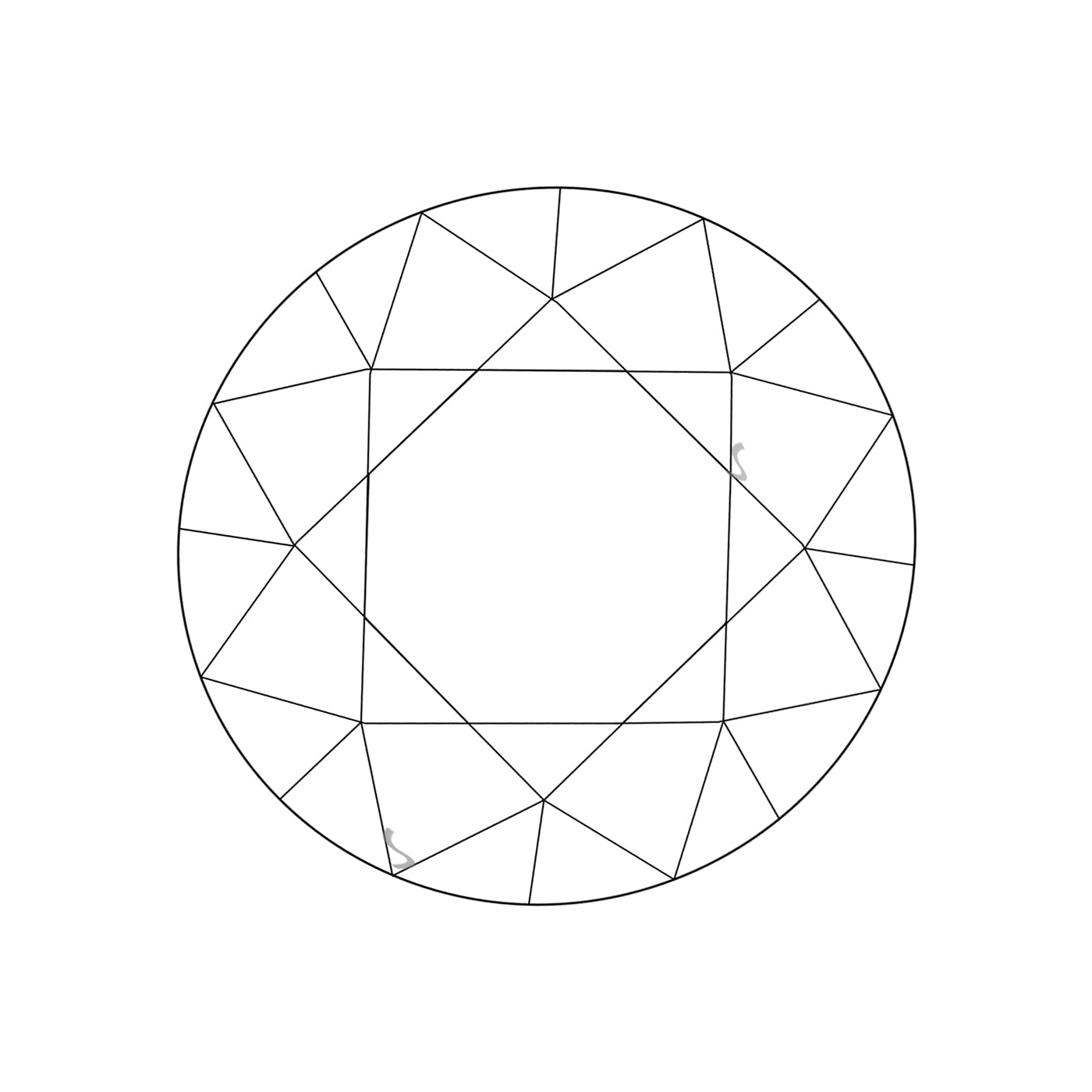
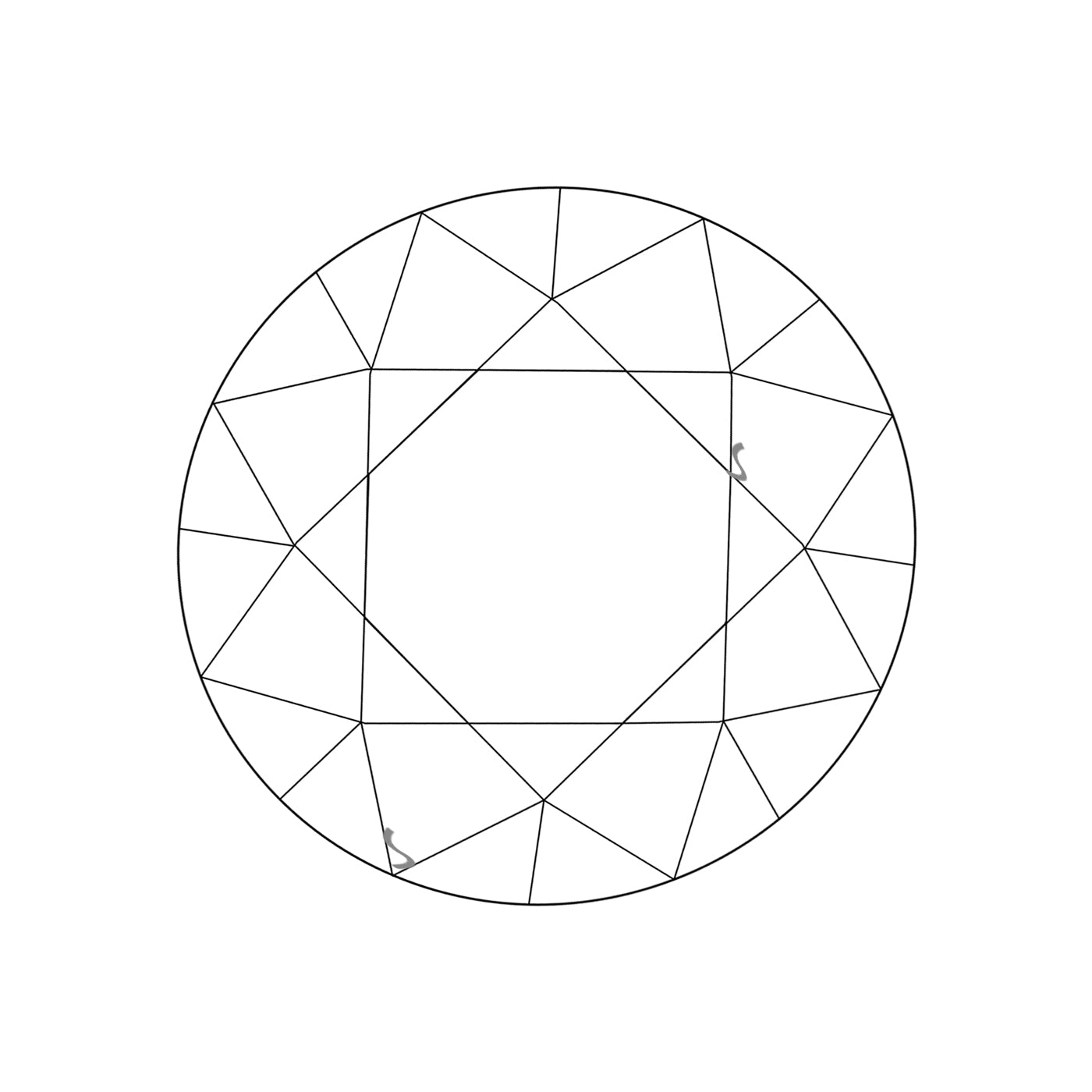
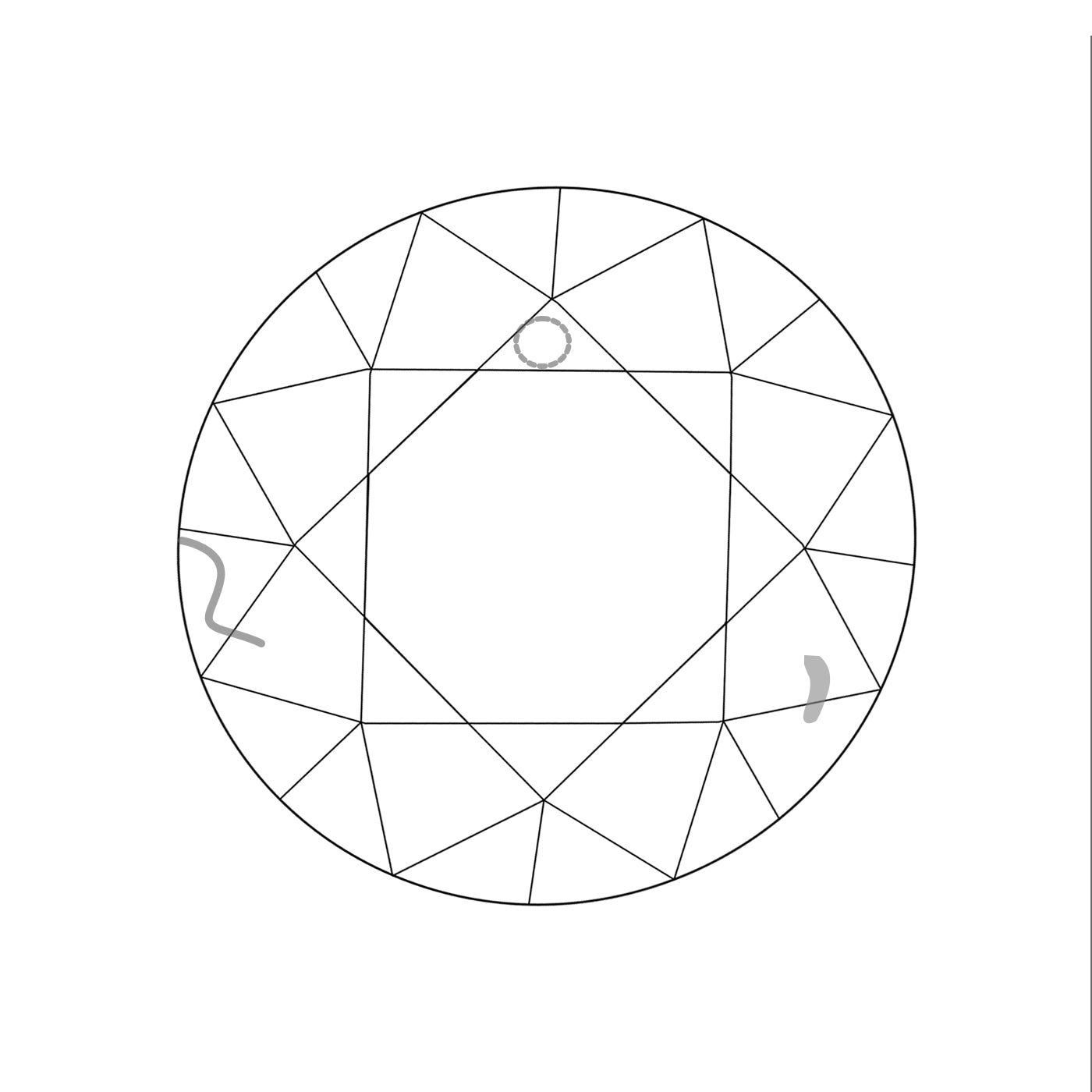
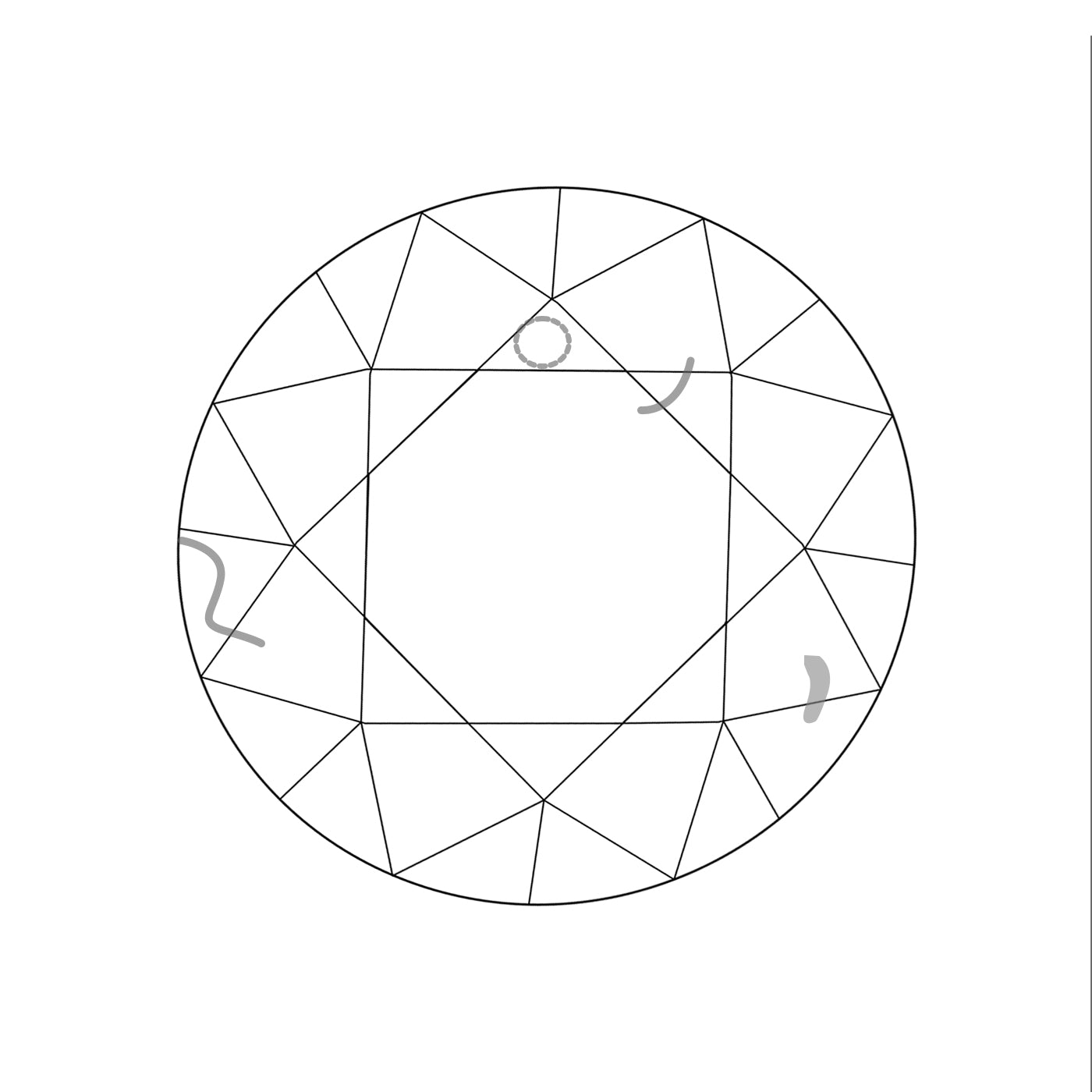
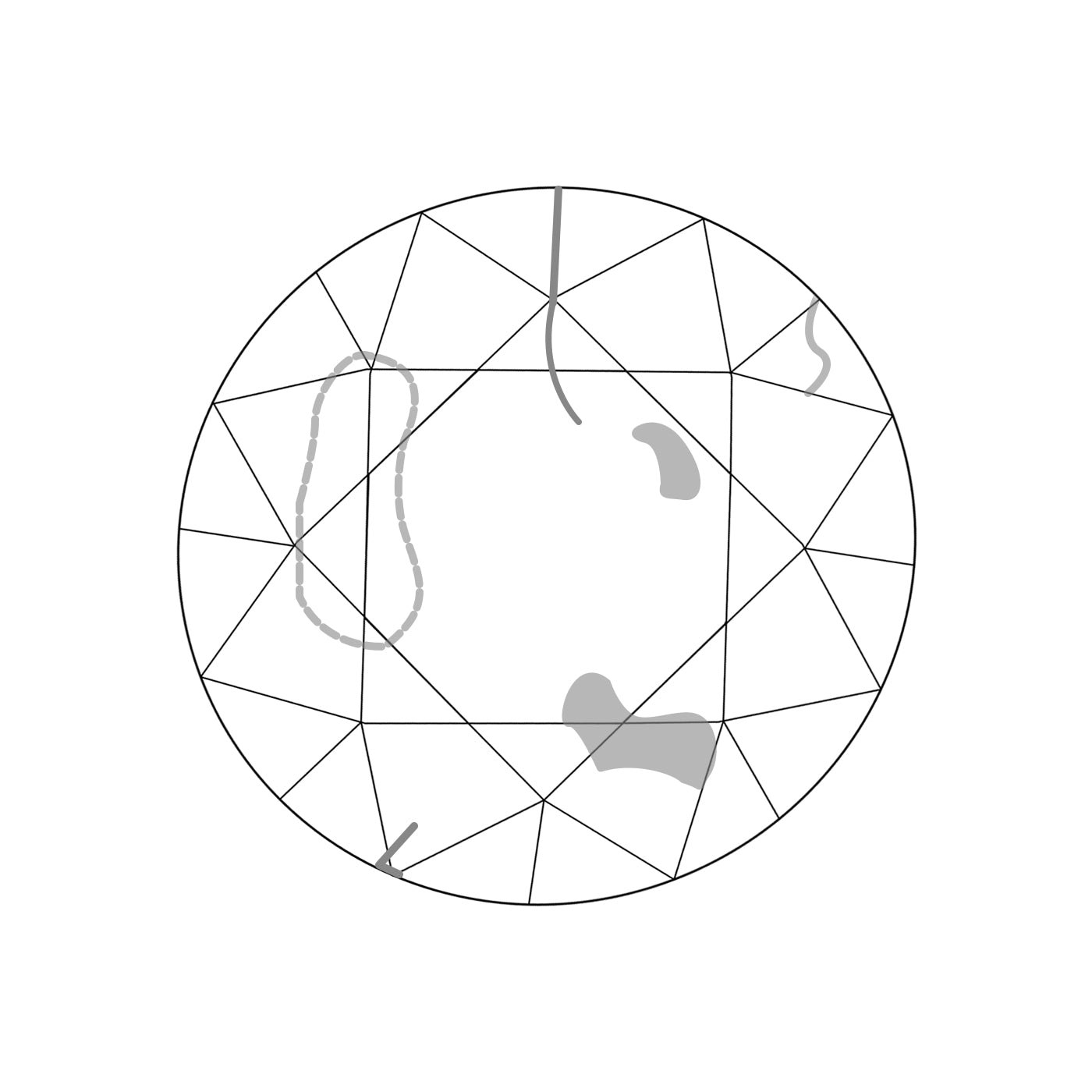
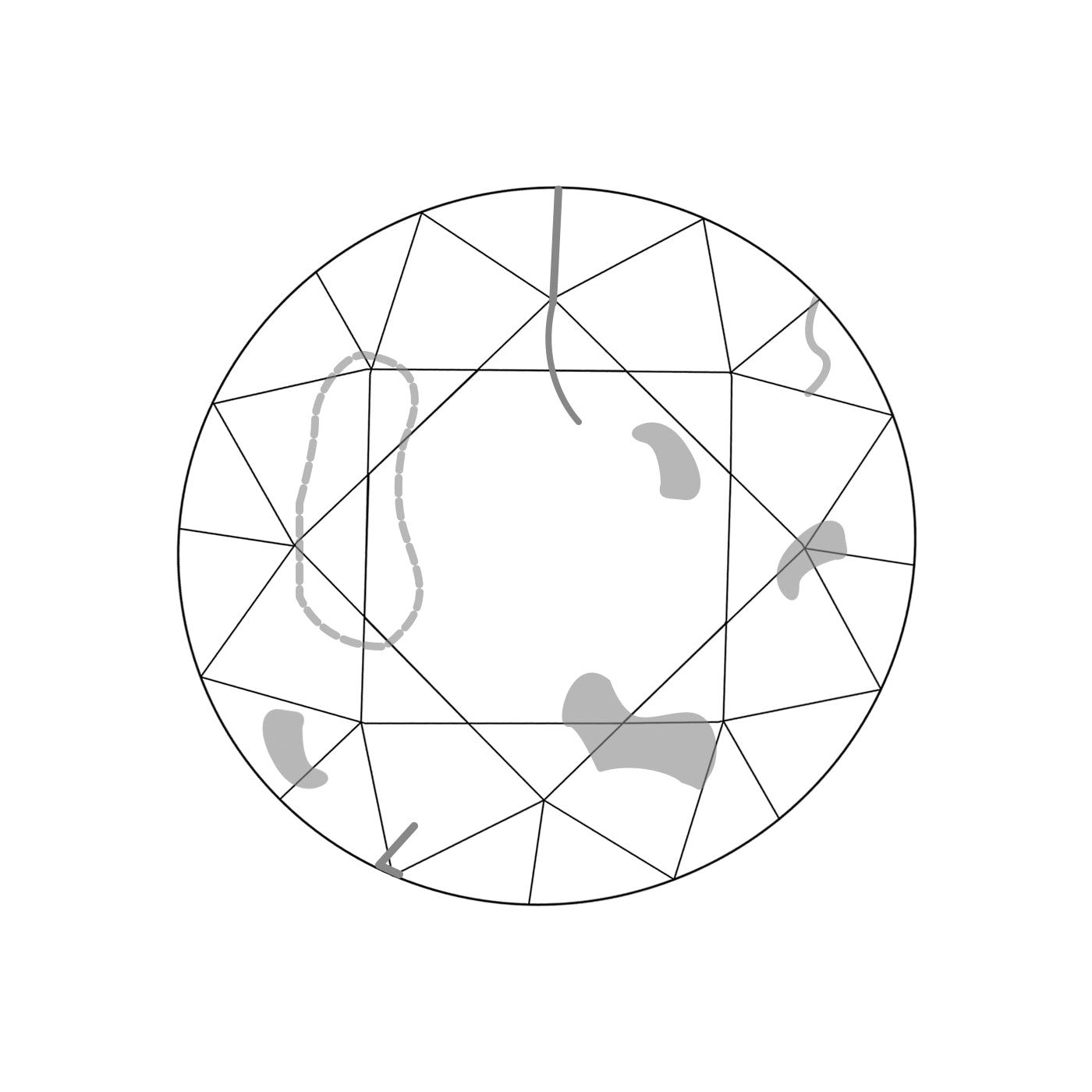
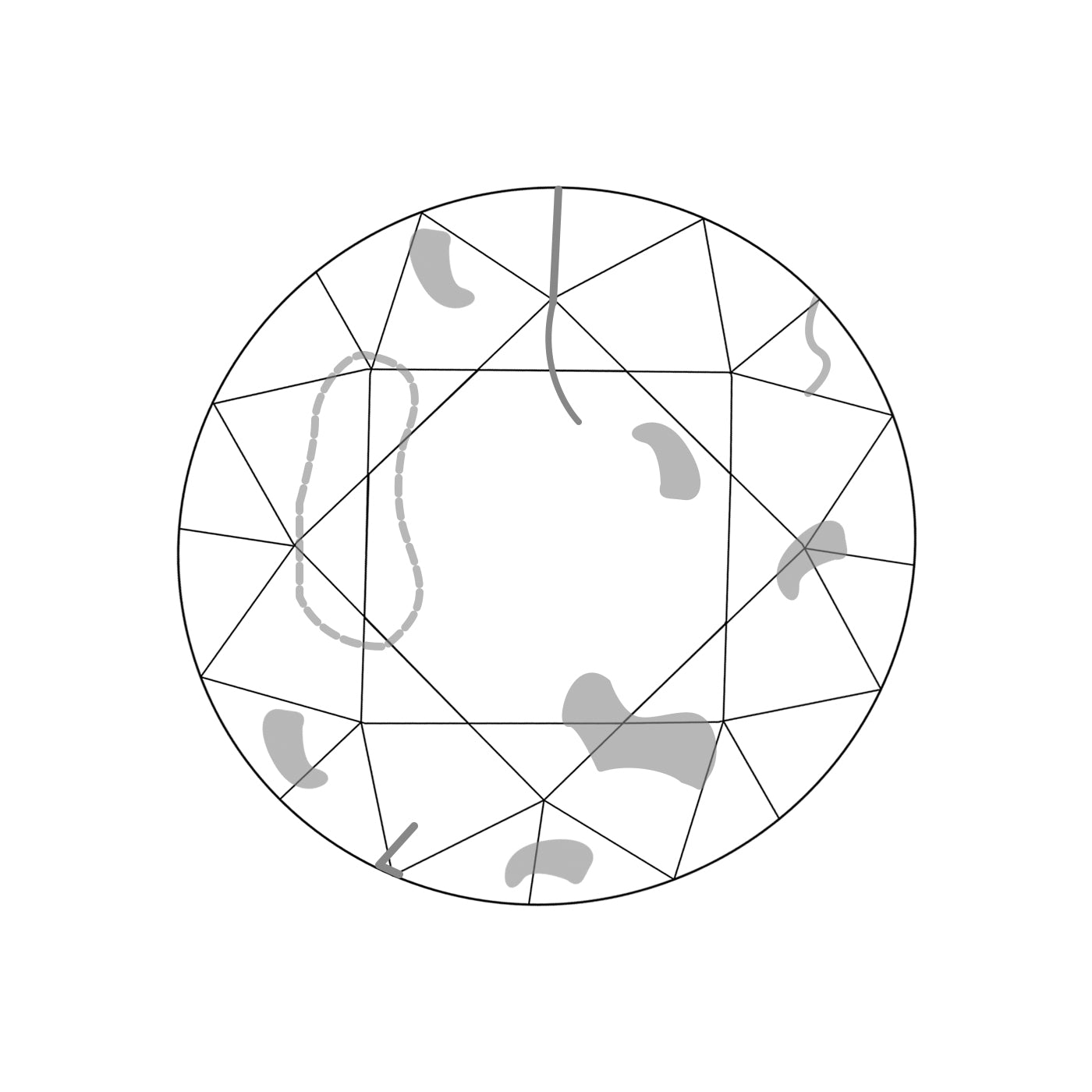
Flawless
No internal flaws, but tiny blemishes may be visible under magnification.
Internally Flawless
No internal or external imperfections visible even under 10x magnification.
Very very slightly included 1
Minute inclusions that are impossible to find under magnification.
Very very slightly included 2
Inclusions are difficult to find even under magnification.
Very Slightly Included 1
Fewer and smaller inclusions than VS2, hard to find even under 10x magnification.
Very Slightly Included 2
Minor inclusions visible under magnification, not visible to the naked eye.
Slightly Included 1
Inclusions are easier to see under magnification, but not typically visible without it.
Slightly Included 2
Tiny internal flaws that are visible under 10x magnification and may be visible to the naked eye.
Included 1
Inclusions are visible under magnification and at times, to the naked eye.
Included 2
Inclusions can be seen both under magnification without it.
Included 3
Very large and prominent inclusions.
Diamond Clarity
A diamond’s clarity refers to the presence of natural inclusions and blemishes within a diamond, formed during its creation in the earth. The clarity scale for diamonds ranges from ‘Flawless diamonds’ (FL), with no visible imperfections even under magnification, to ‘Included’ (I) where more inclusions can be seen. Most stones in the market are called eye-clean diamonds on the clarity grading report. They appear flawless and have very minor inclusions. Understanding clarity is an important part of diamond education, as it helps you balance your budget and buy a diamond with long-lasting brilliance and value.
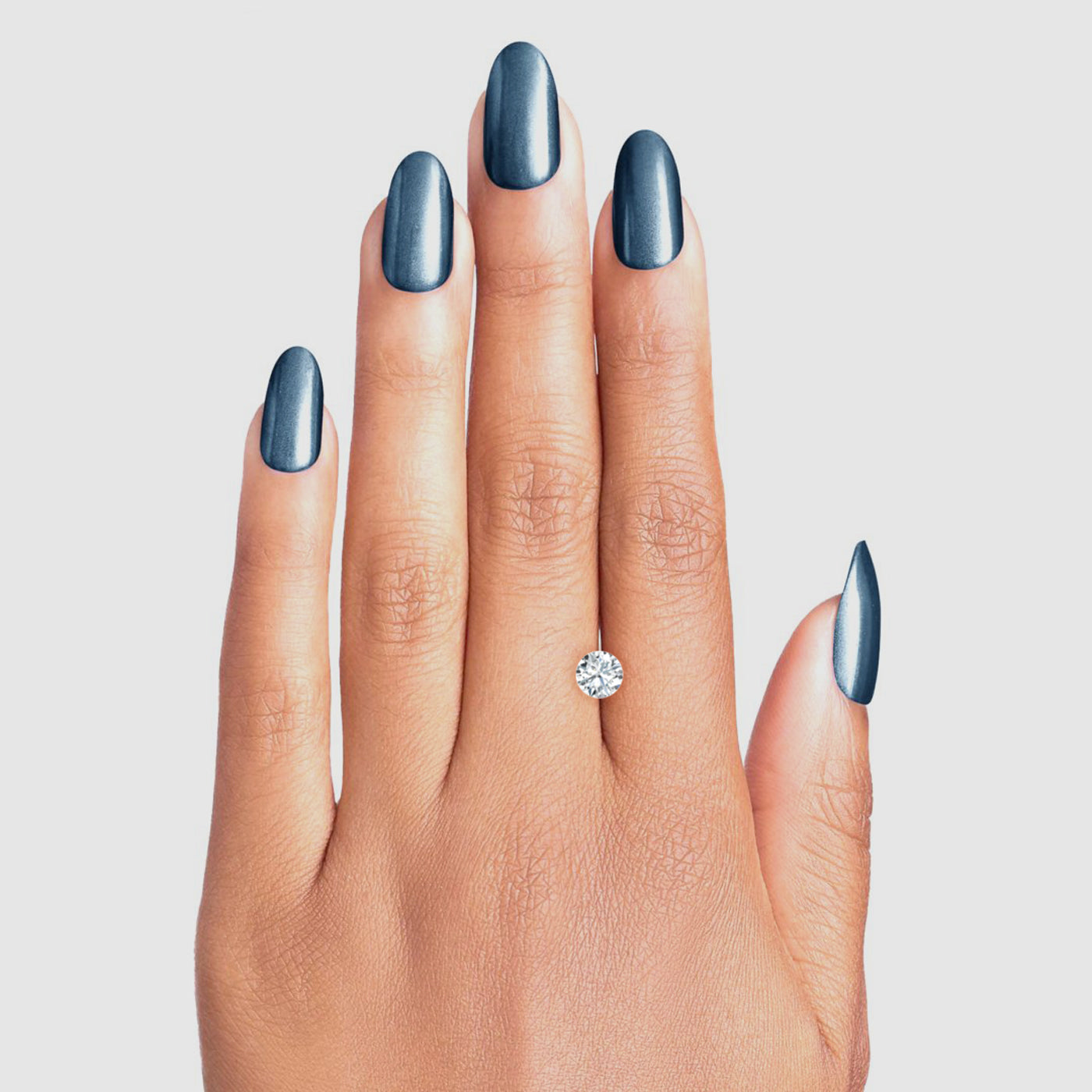
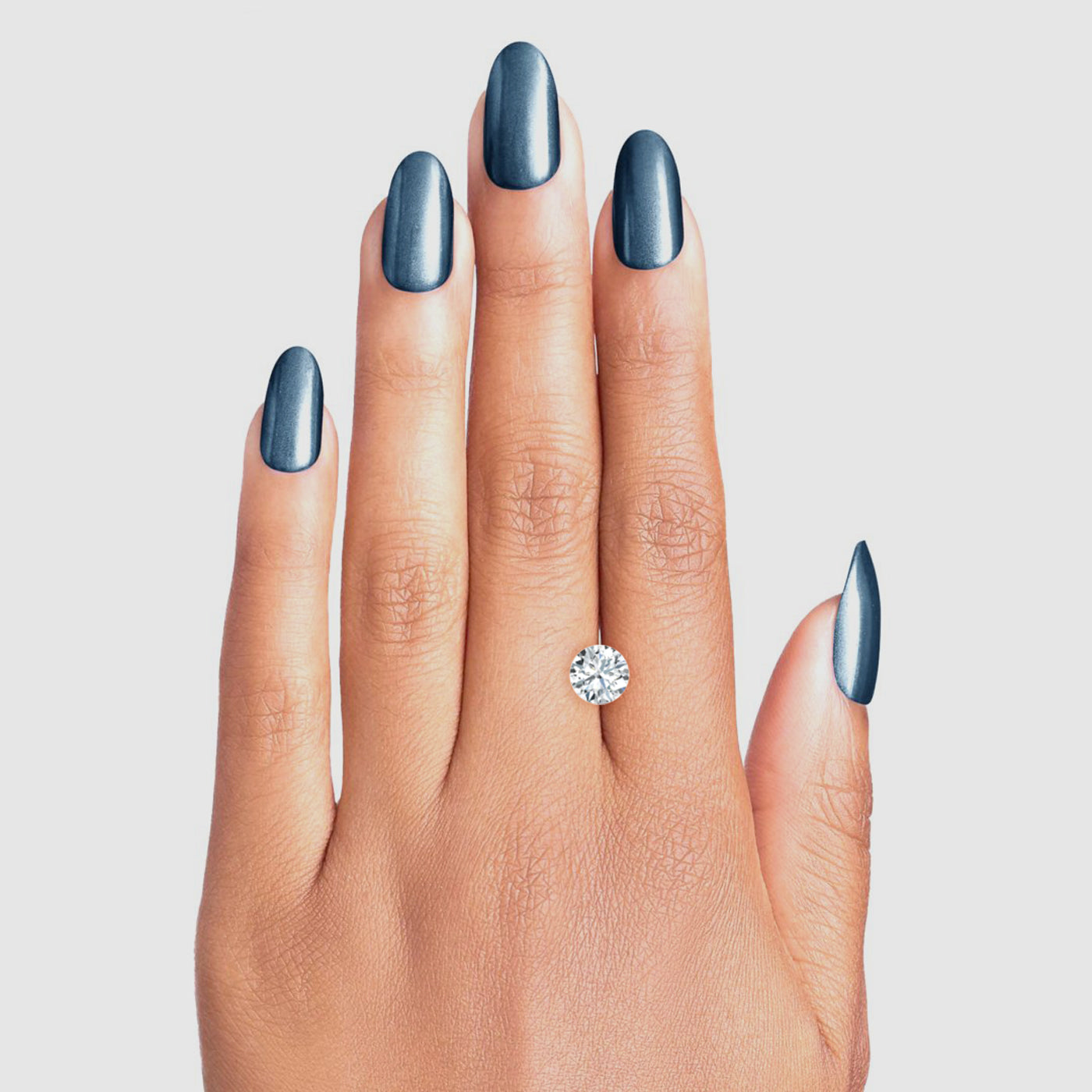
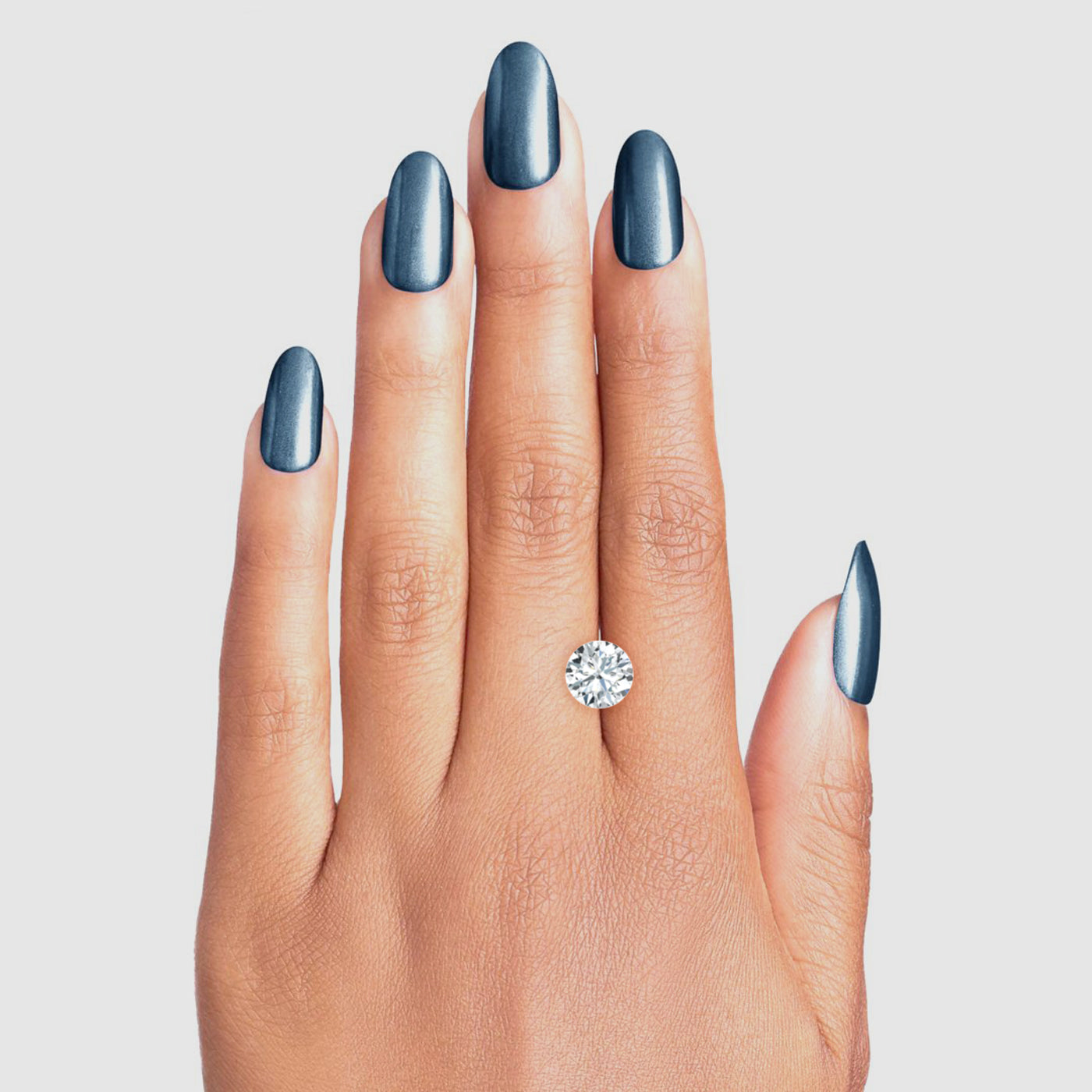
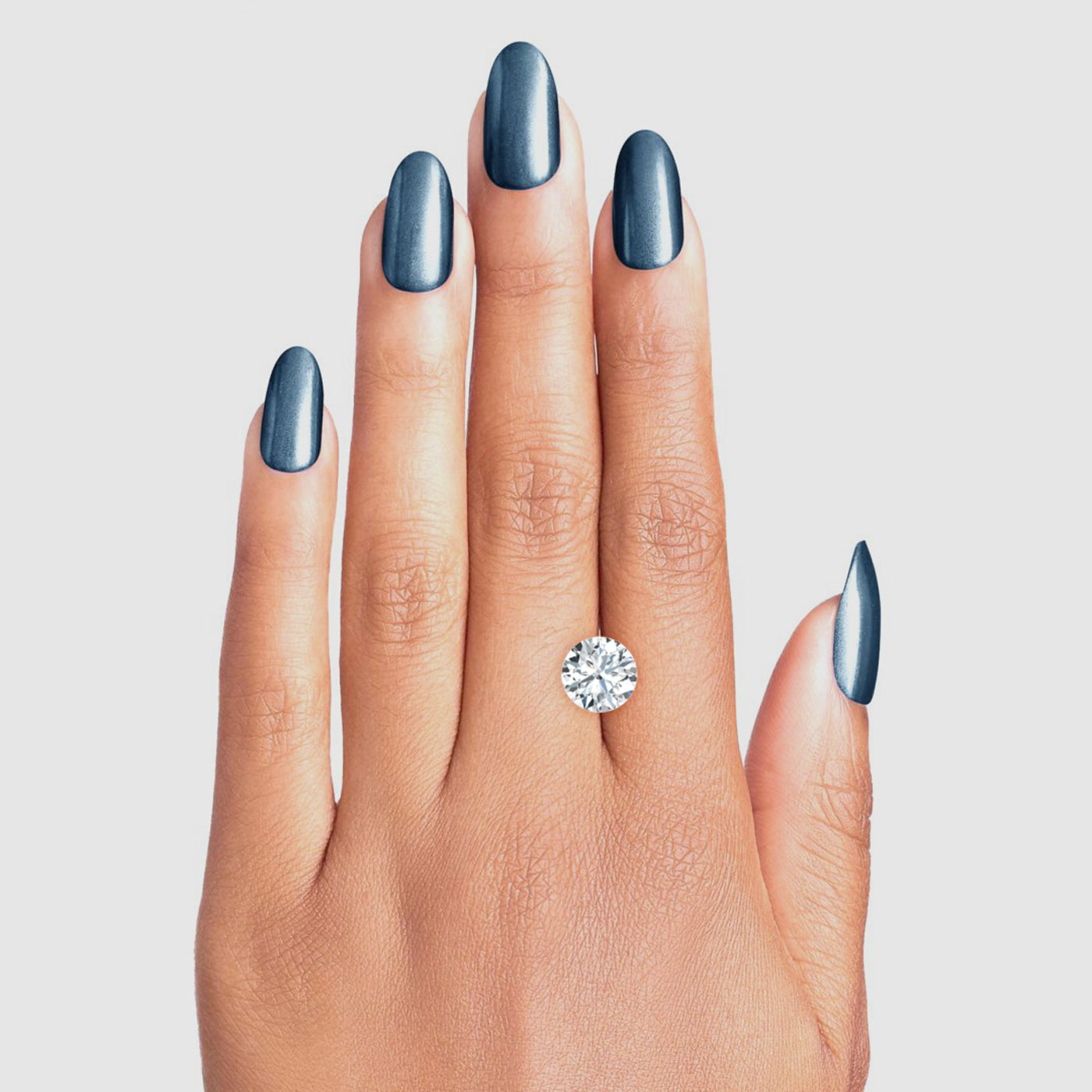
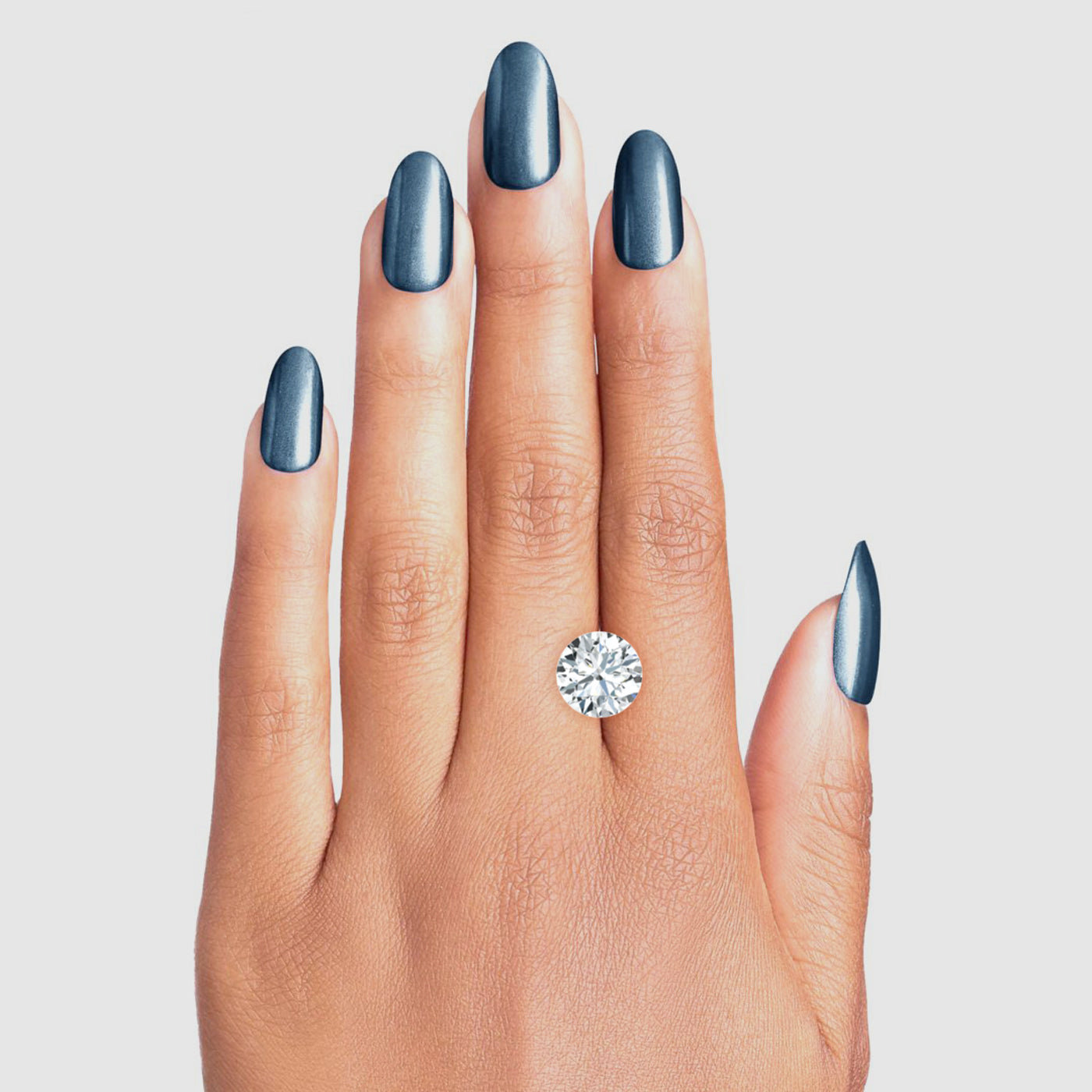
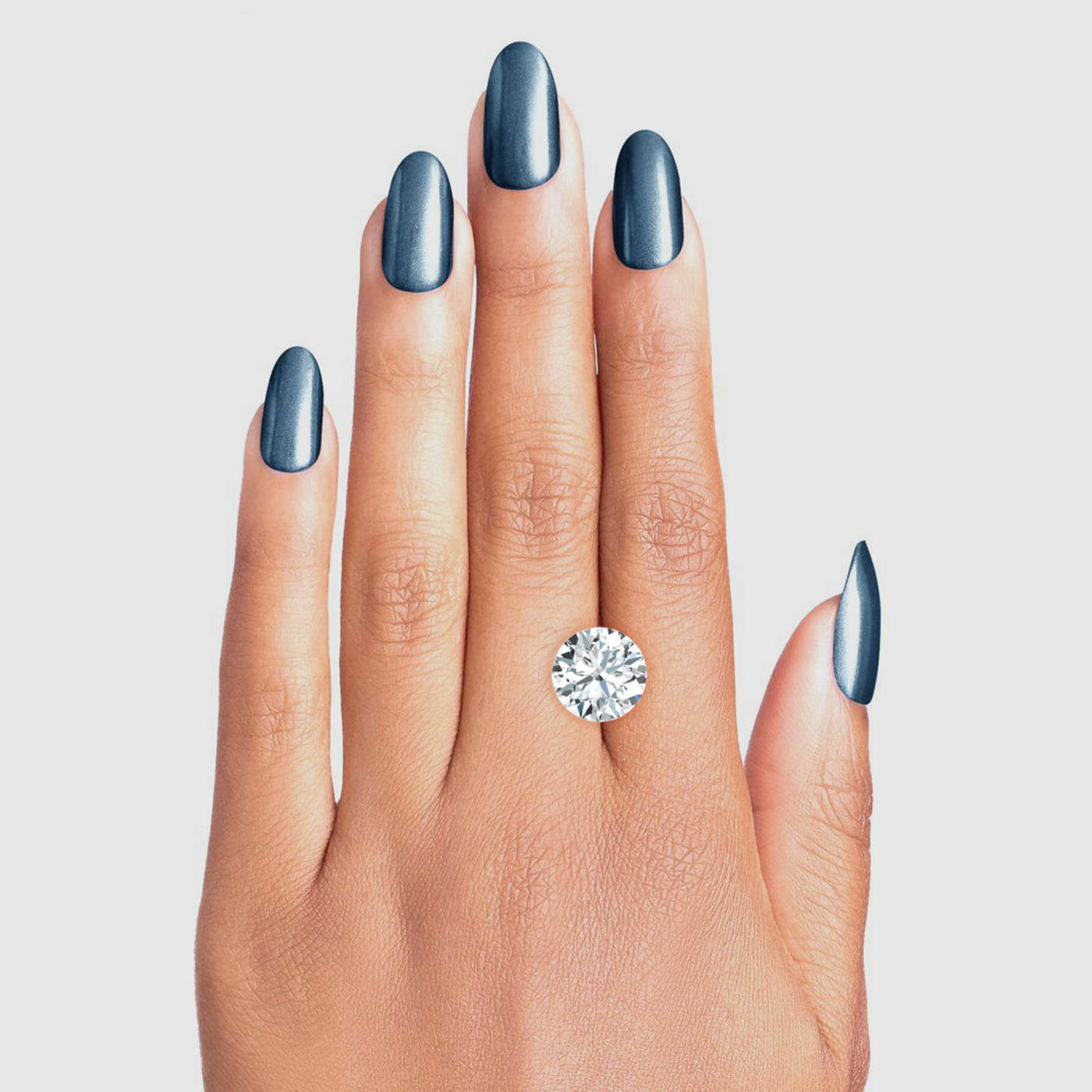
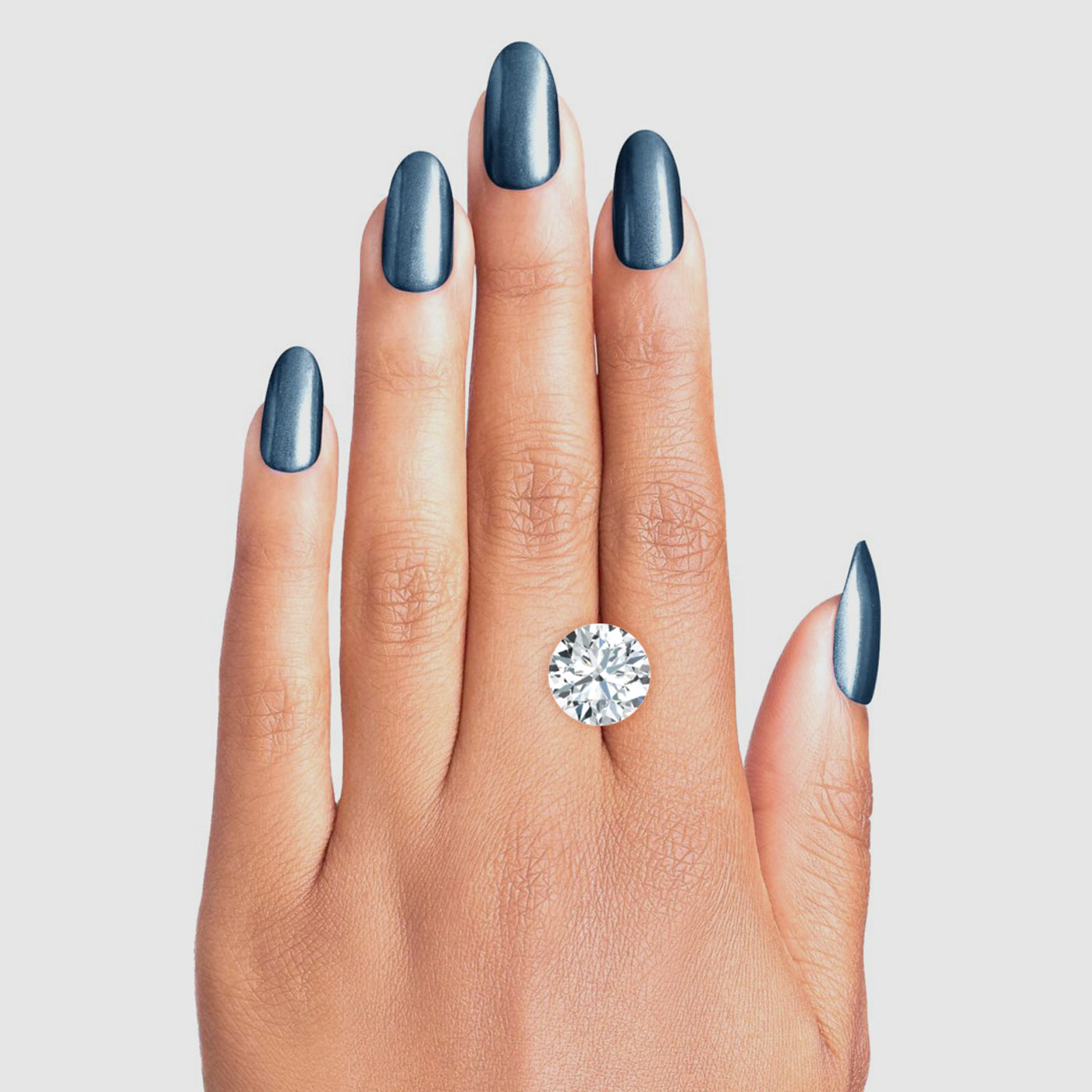
Diamond Carat
The diamond carat refers to its weight, not the size, even though heavy diamonds may appear larger. One carat equals 200 milligrams. Slight differences in the diamond’s weight can affect the stone’s price. Large diamonds are rare in nature, which makes high-carat stones more valuable. However, carat is not the only factor in a diamond’s visual impact. A well-cut diamond can look bigger and sparkle more than heavy, poorly cut stone. Understanding a diamond’s carat weight will help you find a balance between the size, appearance and budget.
Choose Your Perfect Diamond, With Confidence!
At Finerock, shop with complete confidence. With us, you will get beautiful, elegant and certified diamond jewelry. Whether you're searching for an engagement ring, a special gift, or a piece to celebrate yourself, our diverse jewelry collection offers timeless sophistication and unmatched quality. To make the right choice, explore more diamond-buying tips or dive into our detailed diamond quality guide to find a gemstone that reflects your unique style!

